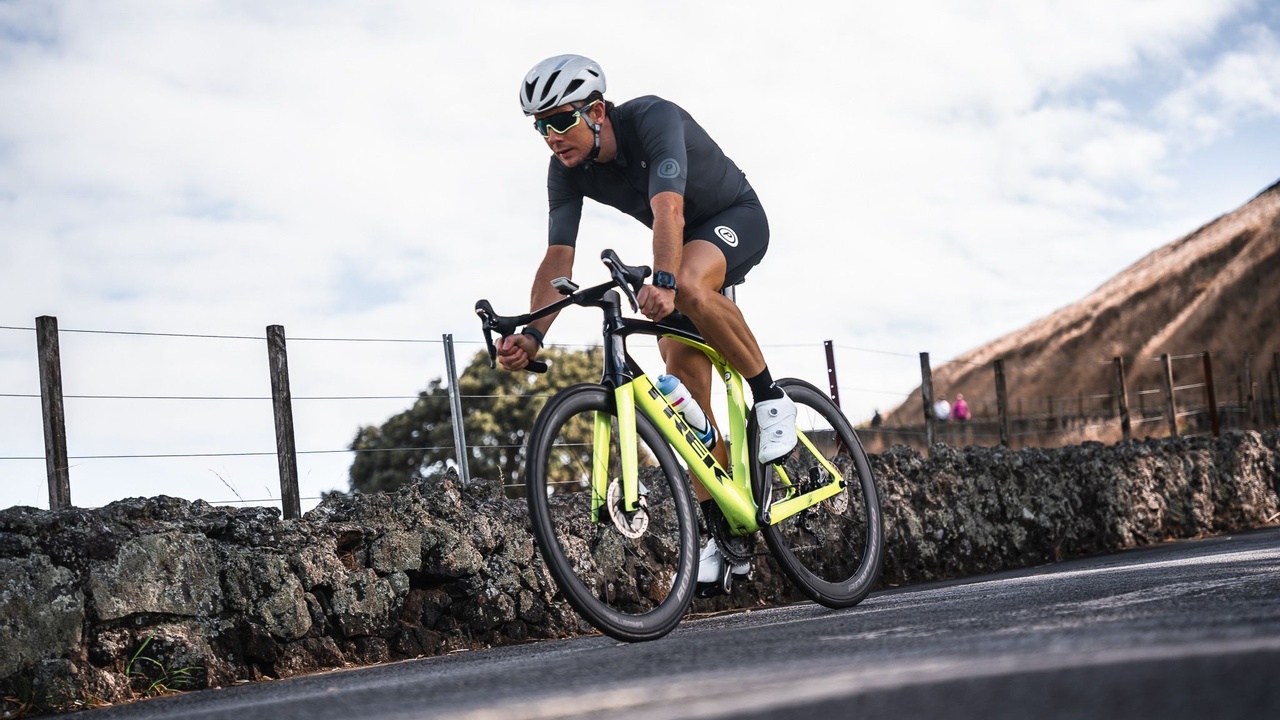Zone 2 Training: What’s all the fuss about?

Those of us on social media can’t get away from the hype and discussion around so-called “Zone 2” training. Like with many discussions on social media, you might easily be mistaken in thinking that so-called “Zone 2” training is a brand-new and somehow magical training construct and the only way to achieving your endurance training goals. Whilst that is not the case, training in “Zone 2” is one of the core pillars of my training philosophy when working with endurance athletes and long-distance triathletes in particular.
In this blog, I have tried to clear up some of the confusion around “Zone 2” training and offer my rationale for why accumulating a large volume of low-intensity training is important.
What do we mean by “Zone 2”?
Before discussing why so-called “Zone 2” training might be important, we need to nail down what we mean by Zone 2. In zone 2 training, athletes and coaches use a five-zone model of exercise intensity. Zone 1 is very easy, recovery intensities, and the trans...
Changes in HRV with training intensity and the menstrual cycle: Insights from our big data study

As many of you will know, the application of heart rate variability (HRV) to endurance training is one of my major research interests (6–8), and something I consistently integrate into my coaching practice with elite and amateur triathletes. Daily measurements of HRV upon waking to tell us about our autonomic function; specifically, HRV measured as the square root of the mean squared difference between beat-to-beat intervals (rMSSD) is a measure of parasympathetic nervous system activity. The parasympathetic nervous system is the arm of the autonomic system that slows things like your heart rate down, and therefore suppressed parasympathetic activity, and so suppressed HRV measured as rMSSD, is indicative of a state of stress. This is what makes daily HRV measurements useful for informing the training process; trends in HRV can help us to determine when we might need to back off, and when we can be confident in putting the hammer down. Indeed, using HRV measurements to guide daily trai...
Training intensity distributions: From Polarized to Pyramidal models, specificity is key in Long Distance Triathlon

By Dr. Dan Plews
In the Ironman community, there is a lot of talk about training intensity distribution. In this blog, I am going to cover some of the basics around training intensity distribution, which is one of the key concepts you need to navigate in building up to your race.
What is training intensity distribution?
So, before we can even think about discussing the right training intensity distribution when preparing for an Ironman, it is first important to make absolutely sure we know what the term means. Essentially, when we refer to training intensity distribution, we are talking about how much of the time we spend in different physiologically based training intensity zones. Whilst there is a range of different training zone models, the simplest and most applicable is probably the three-zone model, which is the one we use to quantify training intensity distribution. In the three-zone model, you have two training zone ‘thresholds’, which we refer to as the “lactate threshold” ...
Why low intensity training needs to be of low intensity

If any of you have listened to Dan’s chat with Triathlon Taren on his podcast recently, you would have heard him talk about the importance of getting your zone 2 intensity right and ensuring that level 2 endurance training is at the correct physiological stress, i.e. below the first ventilatory (or aerobic) threshold. The reasons that this is so important are both from an adaptation perspective (i.e. ensuring we are making the correct physiological adaptations), but also from an overall physiological stress, which effects our ability to train consistently well. This blog discusses why ensuring that your level 2 training is actually at level 2 could be the key to unlocking your ability to train consistently as you pursue your Long Distance Triathlon goals.
Indeed, one of the most important factors impacting the success of training for long-distance triathlon is intensity distribution and discipline, concepts we will cover in great detail in Endure IQ LDT102: Training Program Fundamenta...
